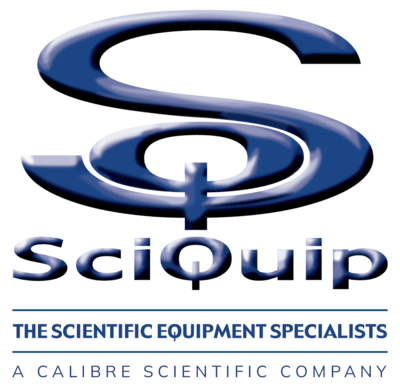
Calibrating a centrifuge is an important task that ensures accurate and consistent results. The calibration process involves verifying the speed and temperature settings of the centrifuge, as well as checking the balance of the rotor. Here's a step-by-step guide on how to calibrate a centrifuge:
Step 1: Clean the Centrifuge
Before you start the calibration process, it's important to clean the centrifuge thoroughly. Wipe down the rotor and chamber with a clean, dry cloth to remove any dust or debris. Ensure that there are no visible signs of damage to the rotor or the chamber.
Step 2: Prepare Calibration Standards
Next, prepare calibration standards that you will use to verify the speed and temperature settings of the centrifuge. These standards should be traceable to national standards and have a known value.

Step 3: Check the Temperature Setting
Place the calibration standards in the centrifuge and set the temperature to the desired value. Allow the centrifuge to run for at least 30 minutes to reach the set temperature. Once the temperature stabilizes, verify the temperature using a calibrated thermometer.
Step 4: Verify the Speed Setting
Place the calibration standards in the centrifuge and set the speed to the desired value. Allow the centrifuge to run for at least 10 minutes to reach the set speed. Once the speed stabilizes, use a calibrated tachometer to verify the speed.

Step 5: Check the Balance of the Rotor
Unevenly distributed samples can cause the rotor to become unbalanced, leading to inaccurate results. To check the balance of the rotor, place the calibration standards in opposite positions in the rotor and run the centrifuge at the desired speed. If the centrifuge shakes or vibrates excessively, the rotor may be unbalanced, and adjustments may be necessary.
Step 6: Make Adjustments
If the temperature, speed, or balance is not within the acceptable range, make the necessary adjustments to the centrifuge. Refer to the manufacturer's instructions for specific guidance on how to adjust the centrifuge.
Step 7: Document the Calibration
Once the centrifuge has been calibrated and verified, document the calibration results, including the date, time, and the individual who performed the calibration. This documentation is important for quality control purposes and for maintaining accreditation standards.
In conclusion, calibrating a centrifuge is an important task that ensures accurate and consistent results. By following these simple steps, you can verify the speed and temperature settings of your centrifuge, as well as check the balance of the rotor. Regular calibration of your centrifuge will help to ensure that your results are reliable and of the highest quality.
Certified to ISO9001 & ISO14001



